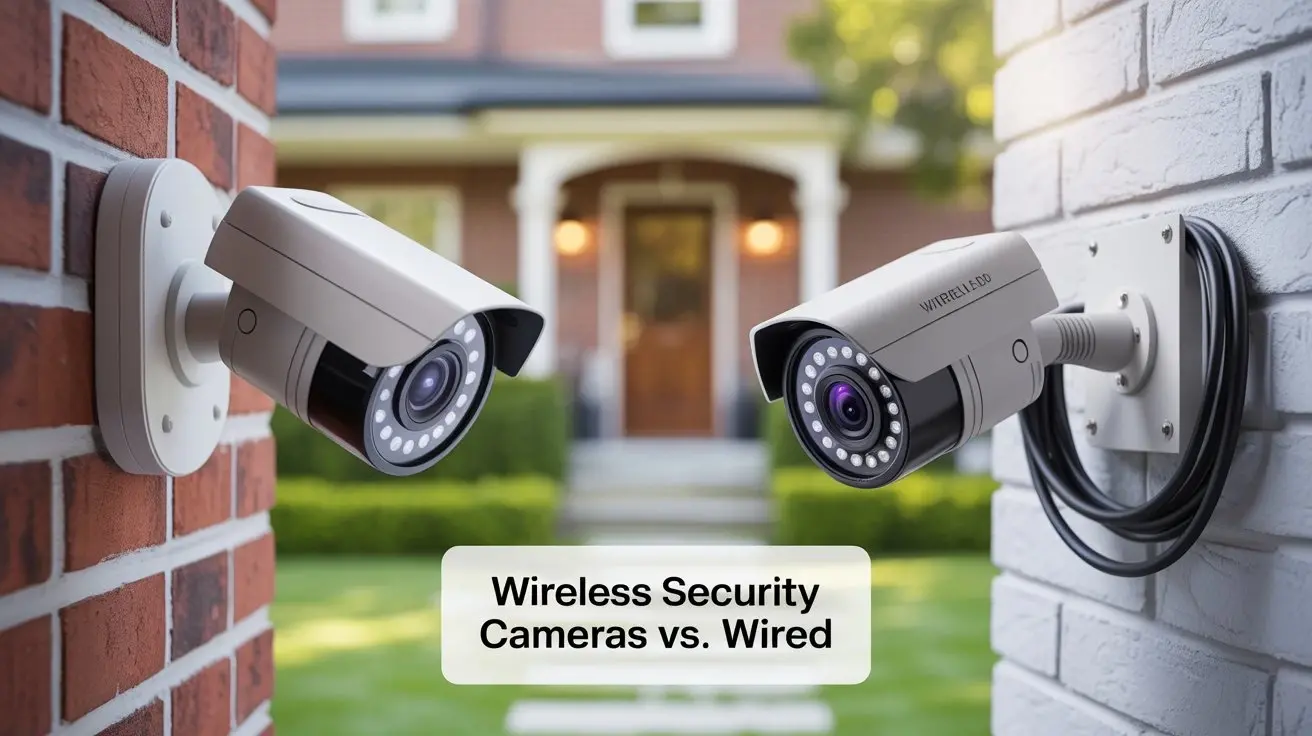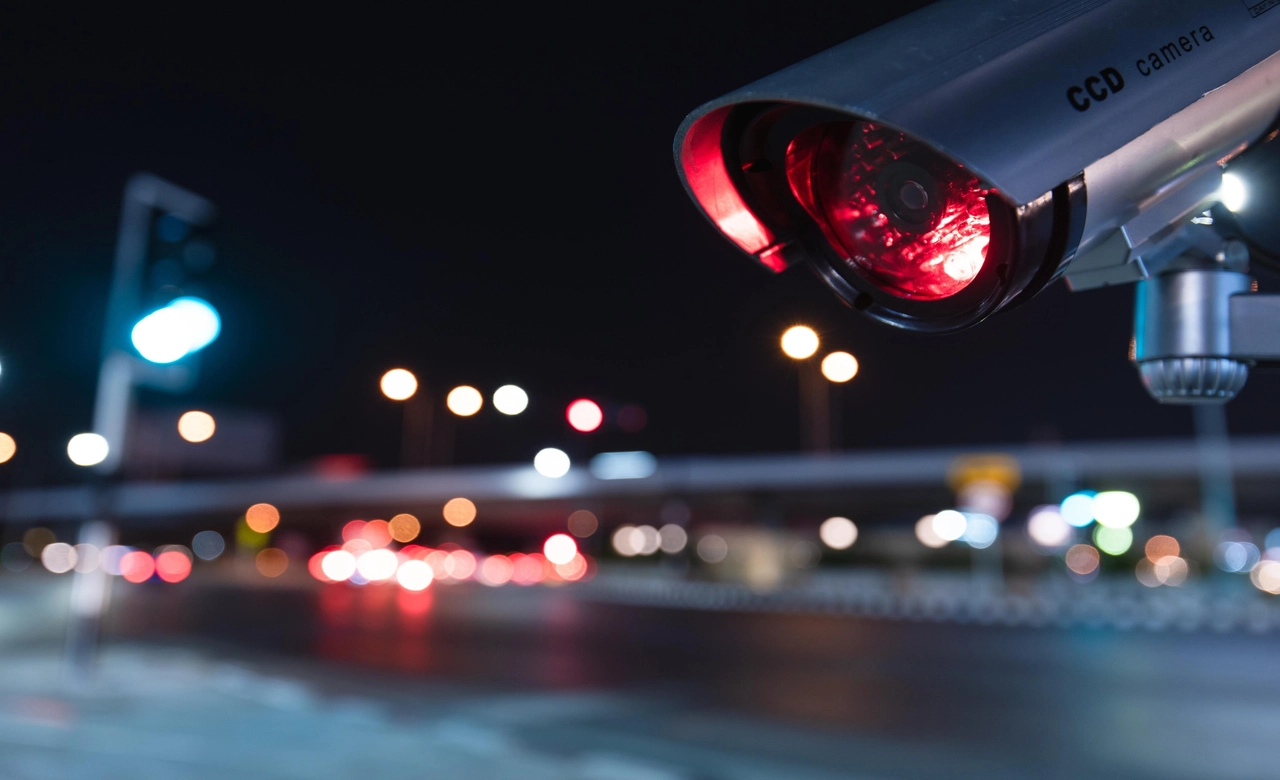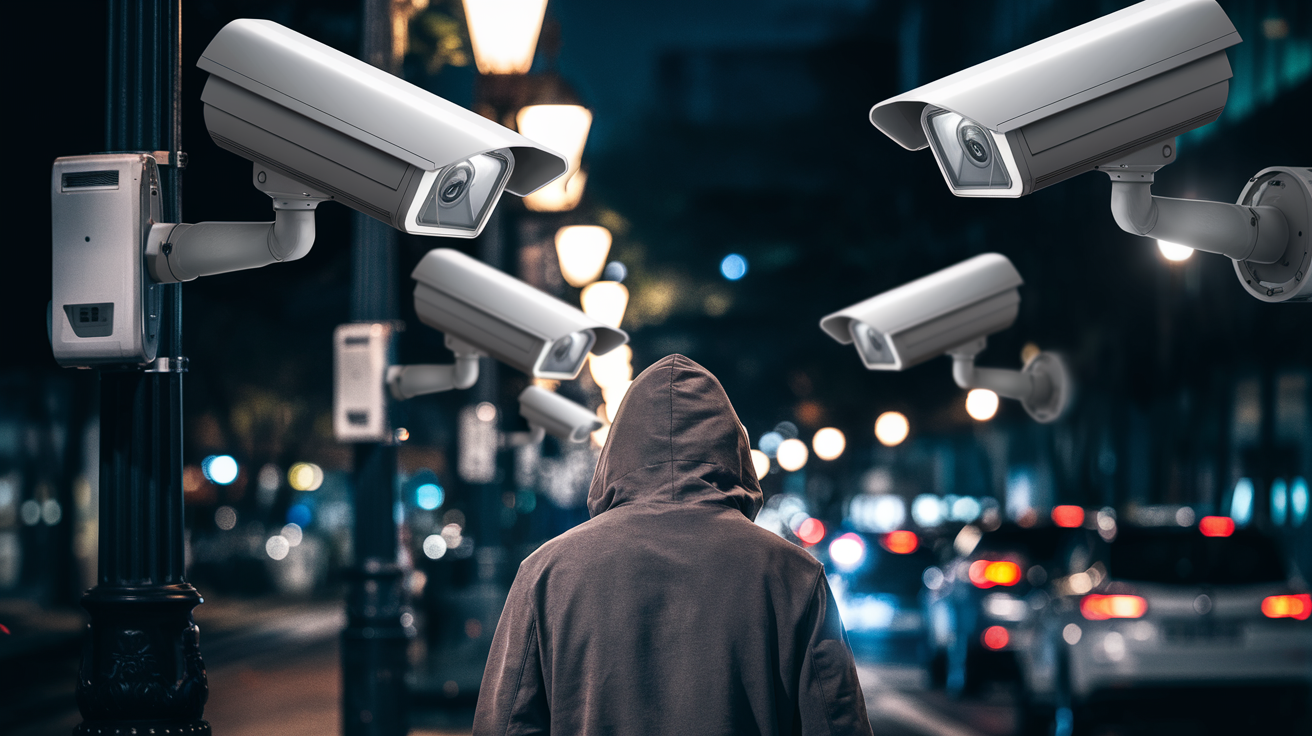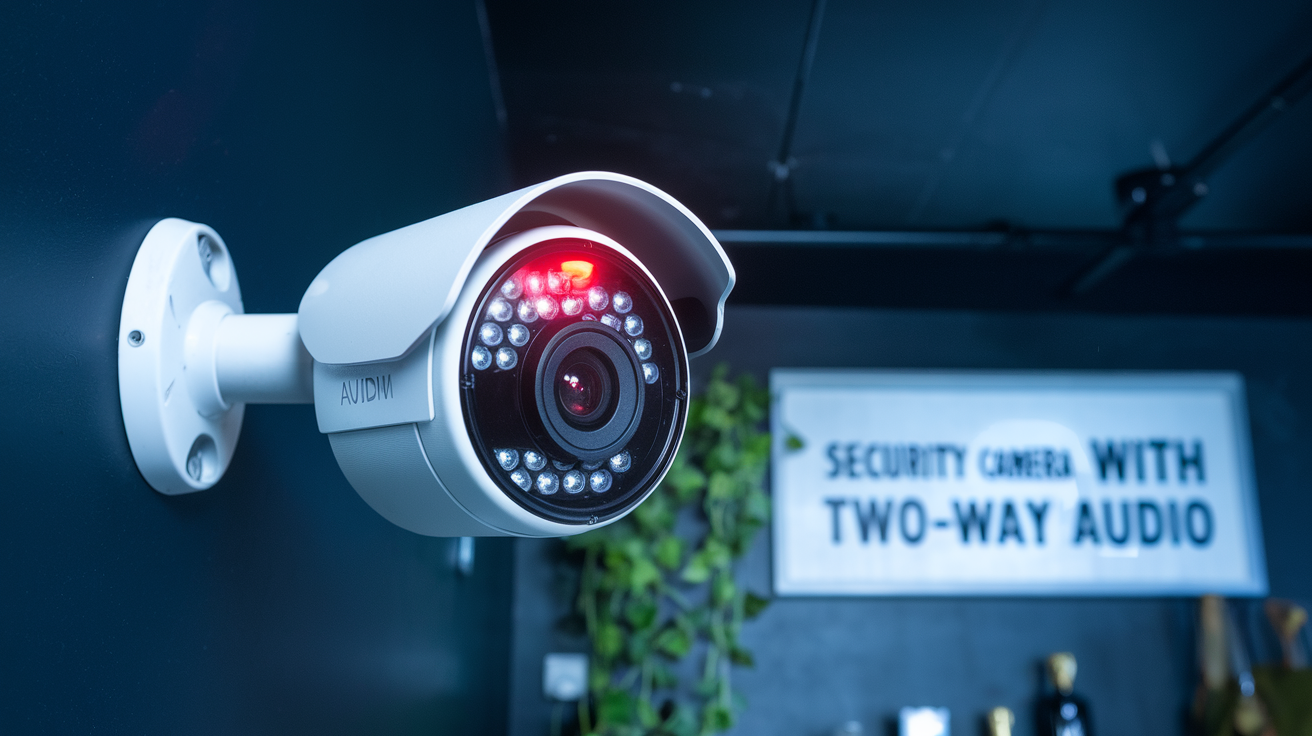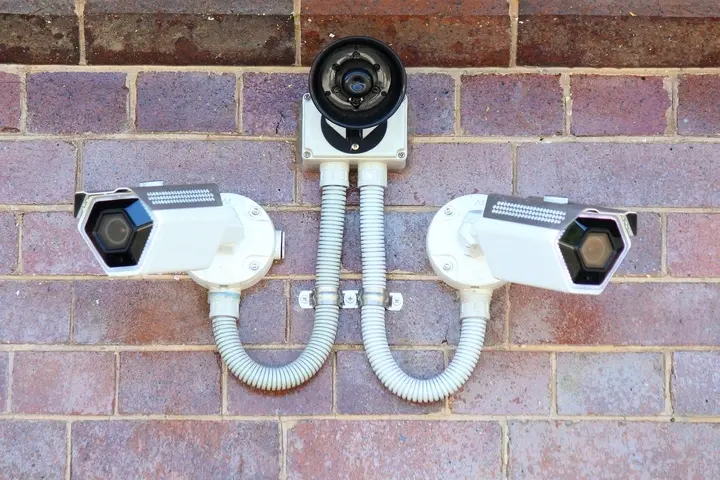
In the realm of surveillance technology, Security Cameras play a pivotal role in safeguarding homes, businesses, and public spaces. These devices are designed to capture and record activities, providing a sense of security and accountability. However, there are instances where security camera footage may display ghost images, a phenomenon that can be perplexing and raise concerns about the reliability of the surveillance system. In this comprehensive exploration, we delve into the various factors that contribute to the occurrence of ghost images on security cameras.
Definition and Characteristics of Ghost Images
Ghost images on security cameras refer to faint, translucent, or overlapping representations of objects or people in the footage. These apparitions often appear distorted and may create confusion when reviewing recorded videos. Understanding the nature of ghost images is crucial in identifying the underlying causes and implementing effective solutions.
1. Infrared Reflection and Refraction:
One primary cause of ghost images on security cameras is related to infrared (IR) technology commonly used in surveillance systems. Infrared light is invisible to the human eye but is detected by security cameras to facilitate night vision. Sometimes, surfaces like glass windows or glossy materials can reflect or refract IR light, creating ghost-like images in the captured footage. This reflection or refraction alters the path of the light, leading to the appearance of semi-transparent duplicates of objects.
2. Dust and Particles:
The presence of dust, dirt, or airborne particles in the environment can also contribute to ghost images. When these particles pass in front of the camera lens, they may momentarily disrupt the image capture process, resulting in distorted or duplicated images. Regular maintenance, including cleaning camera lenses and surrounding areas, can mitigate this issue and improve overall image quality.
3. Camera Lens Flare:
Lens flare occurs when unwanted light enters the camera lens and interacts with internal elements, producing artifacts in the image. This phenomenon is commonly associated with direct sunlight but can also occur with artificial light sources. Ghost images caused by lens flare often manifest as semi-transparent duplicates or streaks of light. Adjusting the camera angle or using lens hoods can help minimize the impact of lens flare on security camera footage.
4. Inadequate Camera Placement:
The placement of security cameras plays a pivotal role in their effectiveness. Improper positioning, such as installing cameras too close to light sources or reflective surfaces, can contribute to ghost images. Additionally, cameras placed in areas with high foot traffic or frequent movements of objects may capture reflections or shadows that create ghost-like effects. Strategic placement and a careful consideration of environmental factors are essential to minimizing these issues.
5. Electromagnetic Interference:
Electromagnetic interference (EMI) from nearby electronic devices or power lines can adversely affect the performance of security cameras. EMI may introduce distortions or artifacts in the captured footage, leading to the appearance of ghost images. Shielding camera cables, using quality power sources, and maintaining a reasonable distance from potential sources of interference can help mitigate this issue.
6. Software and Firmware Issues:
Ghost images can also be attributed to software or firmware issues within the security camera system. Outdated firmware, glitches, or compatibility issues with recording equipment may result in anomalies in the captured footage. Regularly updating firmware and software, as well as ensuring compatibility between camera components is crucial for preventing these issues.
7. Environmental Conditions:
Extreme weather conditions, such as heavy rain, snow, or fog, can impact the performance of security cameras and contribute to the formation of ghost images. Water droplets, snowflakes, or mist in the air can distort the captured images, leading to the appearance of ghost-like artifacts. Weather-resistant cameras and protective housing can help mitigate the impact of adverse environmental conditions.
FAQ's
What are ghost images on security cameras?
Ghost images on security cameras refer to faint or transparent remnants of previously recorded images that appear in subsequent video footage. These remnants may overlap with real-time footage, causing confusion and potential security concerns.
What causes ghost images on security cameras?
Ghost images can be caused by a variety of factors, including motion blur, interference from reflective surfaces, low light conditions, and issues with the camera's image sensor or lens. Additionally, software or hardware glitches, as well as electrical interference, can contribute to the appearance of ghosting.
How can motion blur lead to ghost images?
Motion blur occurs when there is rapid movement in the camera's field of view, causing a delay in capturing clear frames. This delay can result in residual or overlapping images, creating ghost-like effects in the video footage.
Can reflective surfaces cause ghosting on security cameras?
Yes, reflective surfaces such as glass or water can bounce light back into the camera lens, leading to ghosting effects. The reflection of the camera's infrared (IR) light or ambient light sources can contribute to the creation of ghost images.
How can I reduce or eliminate ghost images on security cameras?
To reduce ghost images, consider improving lighting conditions, avoiding reflective surfaces in the camera's field of view, and ensuring that the camera's lens is clean and free from obstructions. Upgrading camera hardware, adjusting settings, and using motion detection features can also help minimize ghosting effects.
Conclusion:
In conclusion, understanding the diverse factors contributing to ghost images on security cameras is essential for enhancing the reliability and effectiveness of surveillance systems. From infrared reflections and lens flare to environmental conditions and software issues, each factor requires careful consideration and, when applicable, proactive measures. Regular maintenance, strategic camera placement, and technological advancements are instrumental in addressing these challenges and ensuring that security cameras fulfill their critical role in maintaining safety and security. By staying informed and implementing best practices, users can maximize the utility of their security camera systems and minimize the occurrence of ghost images.

